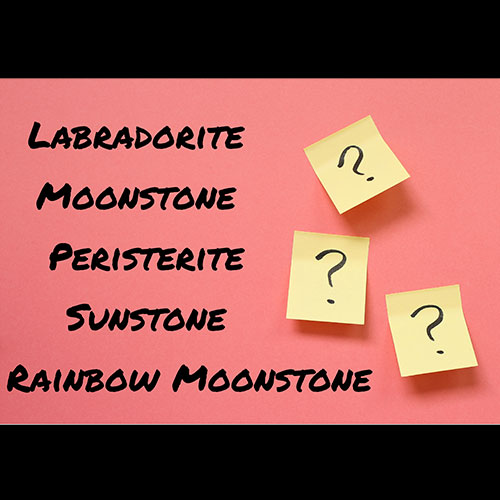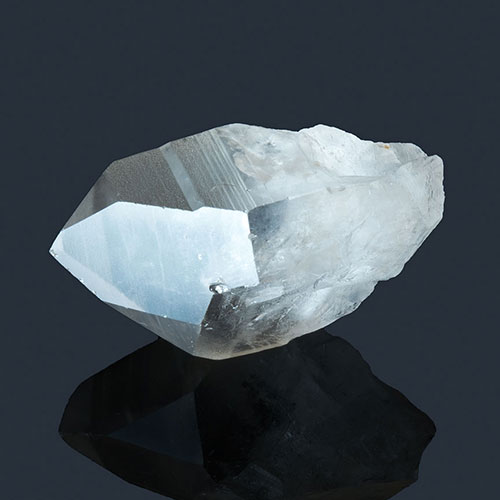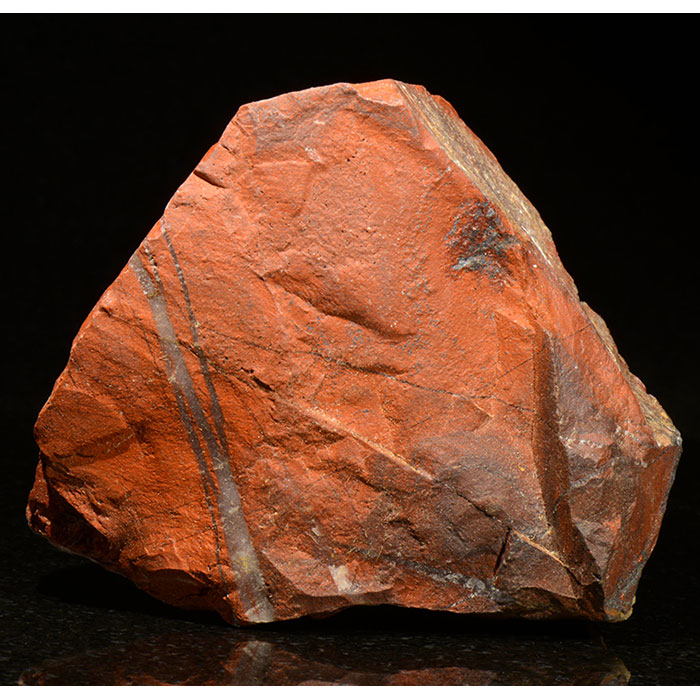What is Pleochroism?

Pleochroism: An Optical Phenomenon
Pleochroism is an optical phenomenon seen in certain minerals and gemstones. Depending on the angle from which the stone is viewed, different colours or shades of colour can be seen.
This effect occurs because these minerals absorb light differently depending on the direction of the light passing through their crystal structure.
Pleochroism is a helpful tool for identification purposes. Even stones that appear similar in colour can often be distinguished by their unique pleochroic colour schemes.
Although amethyst can exhibit pleochroism, it's fairly weak, often showing subtle shifts between purple and reddish-purple.
Tourmaline, tanzanite and apatite exhibit strong pleochroism.
Kyanite is also pleochroic. This mineral, known for its long, bladed crystals, has a unique crystal structure that allows light to pass through it in different directions. This results in different colours being reflected back to the observer.
The word pleochroism comes from the Greek words 'pléōn', meaning 'more' and 'khrôma', meaning 'colour,' reflecting the phenomenon of multiple colours being visible in a single crystal.
Article Picture
The crystal in the photo above (courtesy of Stan Celestian) is an extreme example of pleochroism. It's clickable and redirects to the original image. The page includes details about how the photo was taken.
Pop-up photos: The amethyst geodes and kyanite are from our collection. Tourmaline (var. Rubellite) - Courtesy of Stan Celestian.












